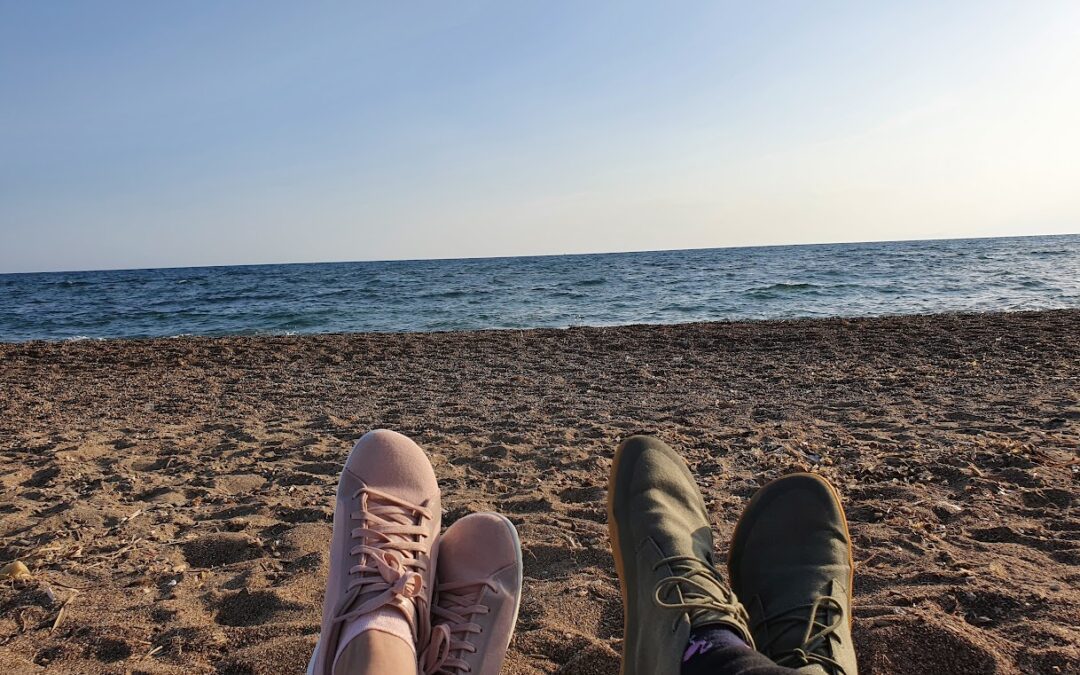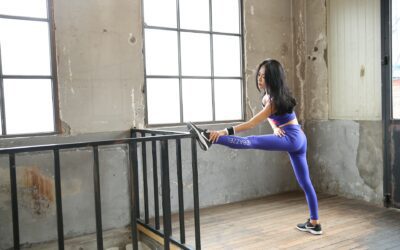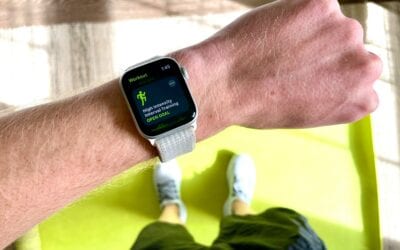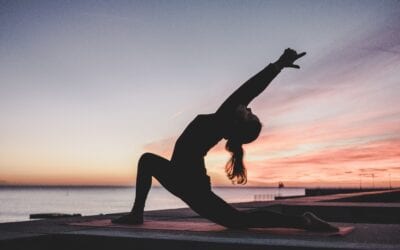|
|
We don’t give our feet much consideration, but they are an important part of the body. Our feet are our foundation, assist us in getting through places and in standing upright. We wouldn’t be able to do different motor activities without them, so it’s only natural that we want to take care of and strengthen them.
Walking barefoot is the most natural way to strengthen our feet. The issue is that we can’t go barefoot all day. We can walk around barefoot at home, or sometimes in nature if the weather and the surrounding permits it but we can do it at work. However, we may have to settle for the next best thing: wearing barefoot shoes.
Going barefoot has become more popular, especially because of its health benefits, as it provides everything that feet need to be healthy. Some people try barefoot shoes out of curiosity and find they don’t want to take them off. It’s no surprise that barefoot shoes are not only good for their feet but also surprisingly comfortable.
First of All, What Are Barefoot Shoes?
The ‘barefoot’ in barefoot shoes refers to the sensation provided by the shoes, which is as close as possible to barefoot walking or running while wearing shoes. Barefoot or minimal shoes are designed to limit the foot’s natural freedom of movement as little as possible while increasing strength and agility. Barefoot footwear still protects your feet from the weather and rough terrain, but with less shoe. They’re characterized by minimal midsole cushioning and, in particular, a lack of beefy heel cushioning.
Traditional running shoes typically have a “heel-to-toe drop” of 10 to 12 millimeters (meaning they have an additional 10-12 millimeters cushioning underneath the heels in comparison to the toes). Minimalist shoes, on the other hand, typically have a drop of fewer than 8 millimeters. They may also have no drop at all (“zero-drop” or “balanced cushion” shoes), which means your heel and forefoot are at the same levels as when you’re barefoot.
The Science Behind the Importance of Barefoot Shoes
Our feet have a myriad of nerves. Our tongues, hands, faces, and feet are all very sensitive to touch, so wherever the body packs in nerves are often an important area. Touch travels from the skin and associated areas to the brain, where it is able to create a constant detailed living map of our bodies. This map allows us to make important movement decisions.
The more detailed our brain map, the more accurately and quickly we can respond to our environment. In layman’s terms, this is one definition of proprioception. Proprioception is our body’s ability to understand what each of our joints, muscles, and bones are doing at any given time.
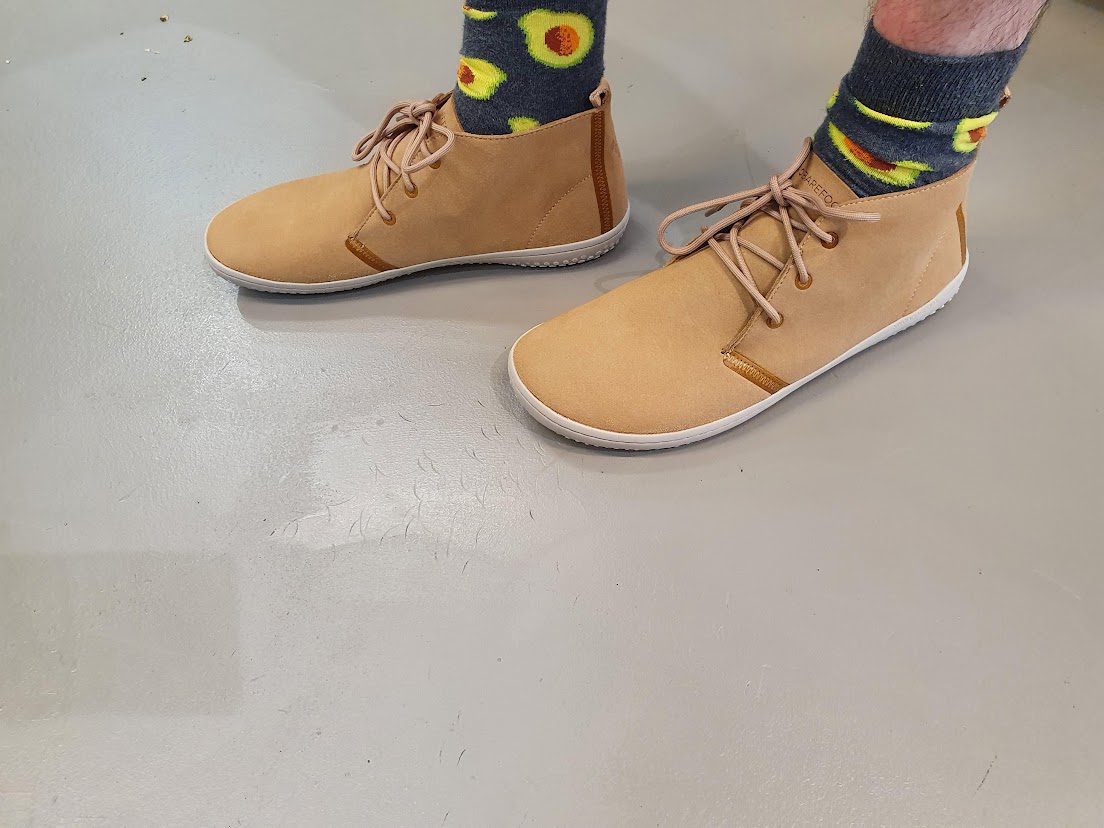
So, the more in tune we are with our surroundings, the more capable we are of making split-second decisions with far-reaching consequences. Consider someone who has excellent balance, and proprioception, and is in tune with their body. They step down a curb, they slip and quickly correct this slip before injuring themselves.
A person with poor balance, feet in shoes from a young age, and a lack of proprioception, on the other hand, experiences the same environmental factor, a slip. They are unable to make a quick adjustment and fall, thus breaking their ankle. The same situation, but two very different outcomes.
How to Choose Barefoot Shoes?
There are a few key considerations if you want to transition to barefoot shoes:
- Why do you need barefoot shoes? For everyday wear or for running? If you need them for running what surface will you be running on the majority of the time? The construction of road running shoes and trail running shoes differs, as do the support and stability control.
- How many cushions do you require? Once you’ve decided to go minimalist, you have two options: barefoot or minimal cushioning.
- Is the shoe comfortable? Your shoe should actually fit immediately, with no break-in period.
10 Reasons Why You Should Wear Barefoot Shoes
Barefoot shoes provide various health benefits for your entire body and can help your whole body feel better and more aligned.

1. Strengthen the Muscles in Your Feet
Barefoot shoes do not force your feet into a specific position; instead, they hug your feet’s natural curve. This allows your feet to move more naturally and in a more aligned manner, as Mother Nature intended. Better alignment allows you to gain strength and move more freely. With stronger foot muscles, you can absorb impact more effectively and learn to properly engage the muscles in your feet.
2. Encourages Toe Strength
More toe strength equals better biomechanical movement and overall foot control. Why is toe strength important, you may wonder? The intricate bones and joints in your foot are critical for both balance and lower-body posture. It is critical to have strong toes (and feet) in order to stabilize your posterior chain.
3. Reduces Ankle and Knee Injury
Barefoot shoes strengthen your ankles, which improves control and stability. Furthermore, many knee and hip injuries result from a collapse at the feet, so strengthening the muscles in your feet helps improve posture and lowers your risk of future injury.
4. Improves the Connection Between Feet and Brain
When you wear barefoot shoes, your foot receives more sensory information, which means better communication with your brain and allows you to walk and run more naturally. Sensory feedback is information that our feet send to our brain, which helps us understand what’s going on and make quick decisions.
5. Strengthen the Foot Arch
Barefoot shoes help to strengthen the muscles in your feet, which helps to stabilize your arches. If you always wear supportive shoes, you are not contributing to muscular strength in your feet.
6. Helps You Move Without Pain
The heel-to-toe stride causes pain in runners and walkers, which can harm their knees and joints. Wearing barefoot shoes teaches you to first step or run on the balls of your feet.
7. Relieves Back Pain
When you wear shoes with an elevated heel, your ankles are in plantarflexion (pointing down) and your calves are shortened. This causes your knees to flex, shortening your hamstrings, putting your pelvis in a slight anterior tilt, and causing your hips to flex slightly. What does all of this mean? It means that when you wear high shoes, your back arches more, which can lead to muscle imbalances, misalignments, and back pain.
8. The End of Foot Deformities
Today, a large number of people have deformed or sore feet, And it’s no surprise, given that we are often forced to wear inappropriate shoes from a young age; shoes of various shapes and thicknesses, shoes with narrow toes, low insteps, and who knows what else. Our feet take a beating and lose their natural function as a result. It’s unfortunate because the majority of people are born with healthy feet and posture. But with the help of barefoot shoes, these foot deformities can be partially or completely corrected. All it takes is perseverance and patience.
9. A More Natural Way of Walking
Barefoot shoes allow our feet to function in their natural state even when we are wearing them. Our feet were not designed to withstand the hard soles found in most conventional footwear. They can cause foot stiffness, which can lead to foot deformities and posture problems. Barefoot shoes conform to the shape of your foot, allowing you to walk as intended. This means that while wearing barefoot, we can accurately assess our terrain and adjust our posture (and, more importantly, naturally). We’re getting back to basics with our feet and bodies thanks to barefoot shoes.
10. Lighter to Wear
Barefoot shoes are naturally lightweight and flexible. You can almost completely forget you’re wearing shoes while wearing them. They allow your feet to awaken, regain function and strength, and feel extremely comfortable.
Choose a pair of minimalist shoes that are long-lasting, lightweight, comfortable, and sustainable when purchasing your first pair. Prioritize comfort, durability, and eco-friendliness for footwear that feels better and lasts longer.
Standard Features of Barefoot Shoes
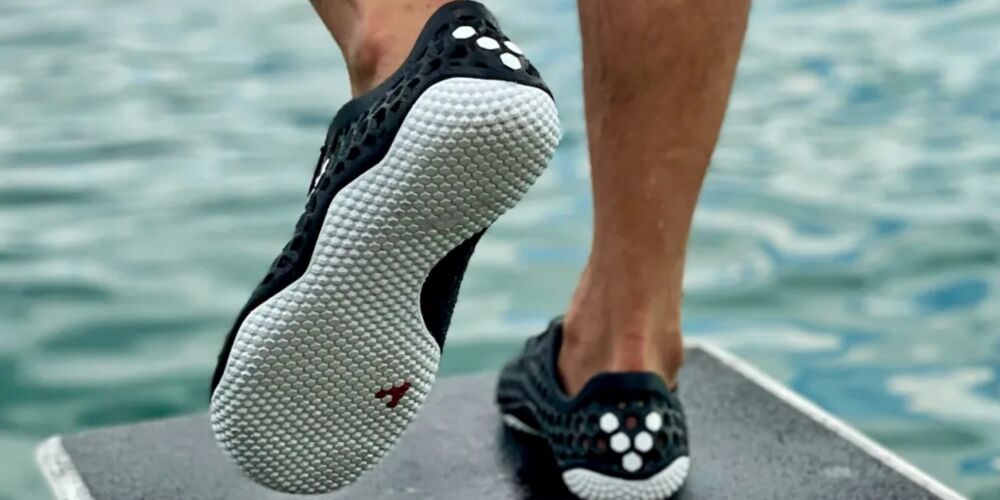
When it comes to barefoot footwear, there are many options on the market today. There are barefoot shoes for work, running, or casual occasions. Though there are many options, all barefoot shoes will have the following characteristics:
- Zero Support
Traditional shoes have support features that change the way our feet move, such as a well-cushioned midsole, a padded tongue, a heel stabilizer, and so on. There are no support features in barefoot shoes. The feet can move naturally and freely.
- Zero Drop
The difference between the height and thickness of the midsole is referred to as the shoe’s drop. Most shoes have a 6mm drop, but barefoot shoes can have zero drop, which means they are completely flat.
- Thin Sole
Barefoot shoes have thin soles to allow for maximum ground feedback. The more one feels the ground, the better one’s proprioception becomes.
- Wide Toe Box
All barefoot shoes have a wide toe box to allow for natural toe splay. The toe box with most traditional shoes is narrower. Although the toes are not pinched, the narrowness prevents them from spreading freely when moving.
- Flexibility
Flexibility is also an important feature because barefoot shoes allow feet to move freely without being hindered or restricted.
How to Transition to Barefoot Shoes?
The key to making the barefoot/minimalist transition is to take it slowly at first. If you’ve always walked or run in motion-control shoes, for example, try switching to neutral shoes for a while before going more minimalist. Alternatively, if you’ve been wearing neutral shoes and want to try barefoot, start by gradually transitioning to minimalist shoes.
If you’re used to cushioned or rigid shoes, your feet may be slightly weaker or less flexible than they could be, so progress slowly to avoid pain or soreness. Remember that you’ve probably spent most of your life wearing shoes that have taught your feet to be lazy, and this isn’t going to change overnight.
Acclimate Your Feet
Stretch your calf and arch muscles gently. Then, if you’re going completely barefoot (no shoes), begin by standing on gravel. You need to strengthen the soles of your feet. After that, you can try for a walk or a quick run on a soft surface such as wet sand, grass, or a rubberized track.
Gradually Increase Distance
Begin slowly and avoid doing too much too soon. Use the 10% rule: don’t increase your weekly mileage (in barefoot/minimalist footwear) by more than 10% per week.
Use Caution
Changing to shoes with a smaller heel-to-toe drop forces your Achilles tendons to work harder. When introducing longer distances in zero-drop shoes, proceed with caution. Pay attention to your body. Stop if you feel any pain.
How Safe It Is to Wear Barefoot Shoes?
There’s no reason why barefoot shoes shouldn’t be safe for the vast majority of people, but it’s important to take the transition slowly.
Once your body and brain have adjusted to barefoot movement, you can begin to progress. There’s also no need to worry about getting glass in your shoe because most barefoot shoe companies make sure the minimalist soles are puncture-resistant.
Naturally, if you have a medically diagnosed foot condition or have had any type of foot surgery, you should seek the advice of a medical professional before making the switch to barefoot shoes.
How Should Barefoot Shoe Fit?
It is recommended that you size your barefoot shoes the same way you size your cross-training shoes. A good rule of thumb is to allow for.3′′-.6′′ of wiggle room in the toe.
Because barefoot shoes are used in a variety of environments, it’s important to find a size that’s comfortable for daily wear as well as the other activities you’ll be participating in.
For example, if you like to have a little bit of toe room in your cross-training shoes for things like HIIT and daily wear, and you intend to use your barefoot shoes similarly, you should size them the same.
Barefoot shoes are made to fit our feet exactly as they are. They protect our feet from the environment while enabling our natural shape and development. They can be an excellent tool for strengthening the feet and exposing them to different surroundings. When experimenting with barefoot shoes, start slowly so your intrinsic foot musculature and tissues can adjust properly. Wearing barefoot shoes will nourish our feet, support our natural soles, and strengthen our bodies!

